News
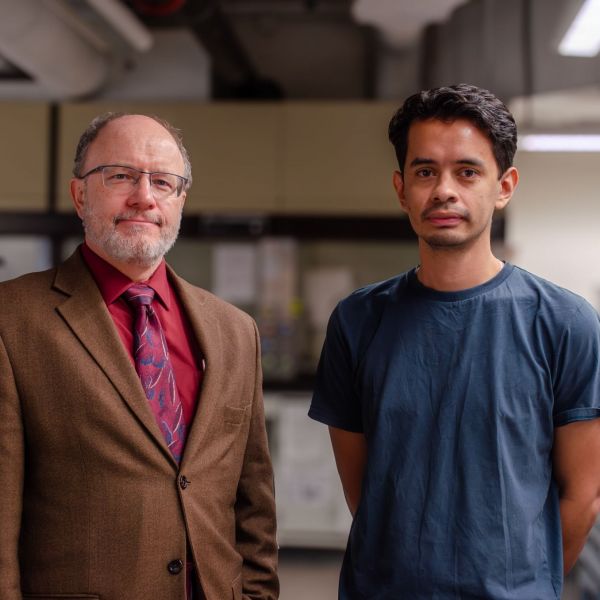
Feb 18, 2025
Young adults may be more vulnerable to nicotine addiction than the middle aged
People in their late teens and early 20s may be more sensitive to nicotine and more susceptible to nicotine addiction than middle aged adults, according to a new study in mice from researchers in the Penn State Department of Biobehavioral Health.
Full Article
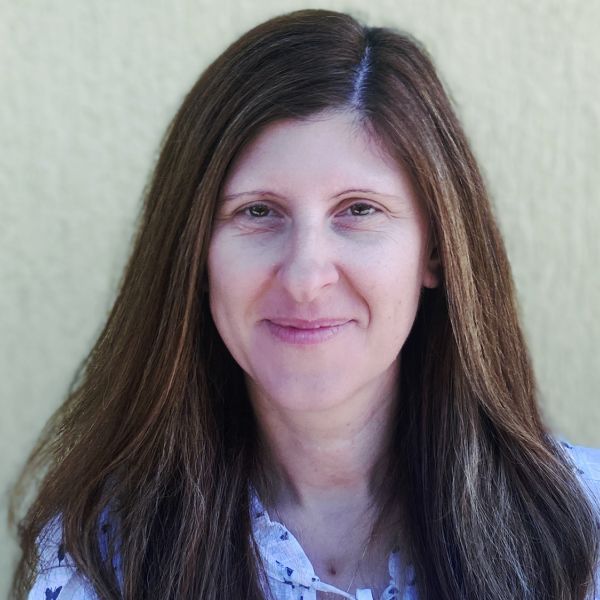
Feb 18, 2025
Feb. 24 EarthTalks: Cross-disciplinary collaboration employing stakeholder input
Camelia Kantor, associate director of strategic initiatives at the Huck Institutes of the Life Sciences and associate research professor at Penn State, will give the talk, “Bridging Worlds: How Geography and Nematology Research Converge Through Stakeholder Input,” at 4 p.m. on Monday, Feb. 24, in 112 Walker Building at Penn State University Park. Talk will also be available via Zoom.
Full Article
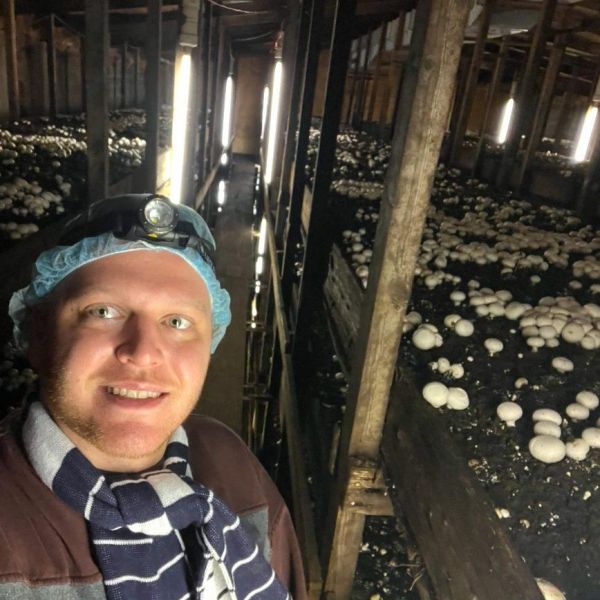
Feb 18, 2025
Penn State researchers developing strategies to diminish mushroom phorid flies
The commonwealth, industry and University researchers are partnering to develop integrated pest management solutions.
Full Article
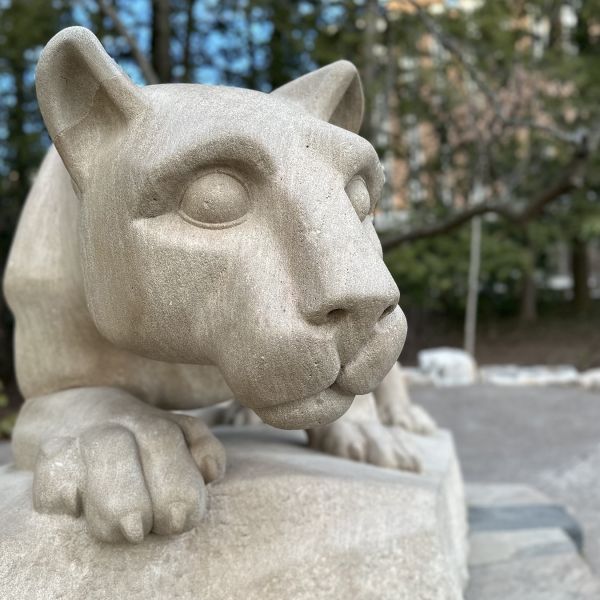
Feb 17, 2025
Penn State names 10 new distinguished professors for 2025
The distinguished professor or distinguished librarian title recognizes outstanding academic contribution to the University.
Full Article
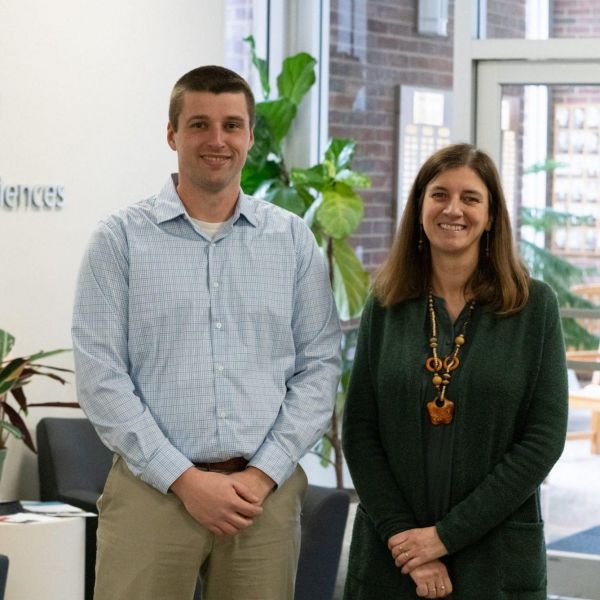
Feb 14, 2025
Growing people and forests: The power of undergraduate research
Mont Alto program coordinator partners with former mentor to support undergraduate research opportunities.
Full Article

Feb 13, 2025
Team Dynamics course to be available for Huck graduate students in Fall 2025
A unique team-building and leadership course, taught by faculty from the Smeal College of Business MBA program, is available for a limited number of Huck graduate students next fall.
Full Article
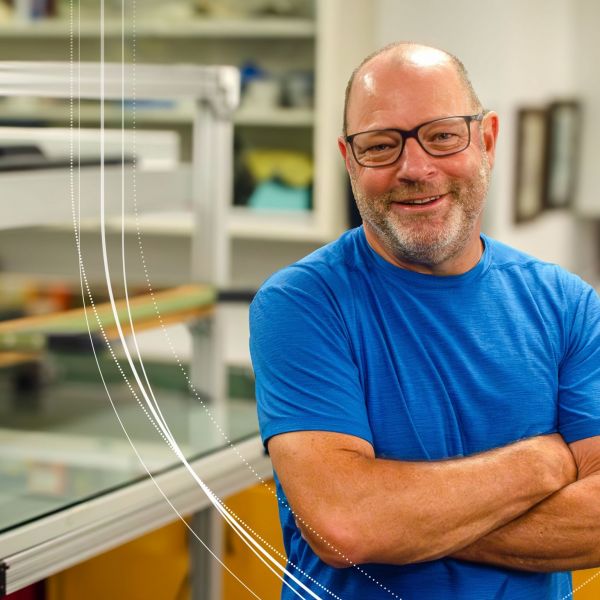
Feb 12, 2025
Sainburg named fellow of the National Academy of Kinesiology
Robert Sainburg, professor of kinesiology and neurology at Penn State and Dorothy F. and J. Lloyd Huck Distinguished Chair in Kinesiology and Neurology, was recently named a fellow of the National Academy of Kinesiology.
Full Article

Feb 12, 2025
ChatGPT for birdsong may shed light on how language is wired in the human brain
Just like ChatGPT and other generative language models train on human texts to create grammatically correct sentences, a new modeling method by researchers at Penn State trains on recordings of birds to create accurate birdsongs.
Full Article

Feb 11, 2025
Feb. 17 EarthTalks: Translating STEM research to improve K-12 education
Kathleen Hill, director of the Center for Science and the Schools, and teaching professor of science education, will give the talk, “Center for Science and the Schools: Translating STEM Research to Improve K-12 Education,” at 4 p.m. on Monday, Feb. 17, in 112 Walker Building on the University Park campus.
Full Article

Feb 11, 2025
Stuckeman School exhibition to showcase urban floodplain communities in Peru
The international traveling exhibition will run from Feb. 17 to March 4 in the Borland Project Space at 125 Borland Building Penn State University Park.
Full Article